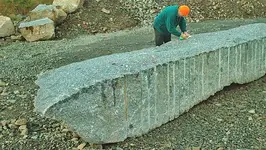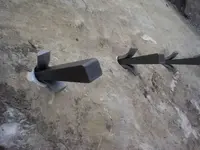Raparee
Hero Member
- Joined
- Feb 18, 2016
- Messages
- 657
- Reaction score
- 670
- Golden Thread
- 0
- Location
- Nova Scotia
- Primary Interest:
- All Treasure Hunting
And also were used 1000's of years ago! Although in recent memory, having been an Operative Mason, I don't recall splitting anything that looked like the one posted by FK.
Cheers, Loki
Really? A simple Google image search for "splitting granite" reveals all kinds of examples. Also, the farm I grew up on in western Quebec had stones that look just like FK's, where they had quarried for feldspar in the '30's and '40's.
Nothing has been shown here that suggests anything other than recent activity.





